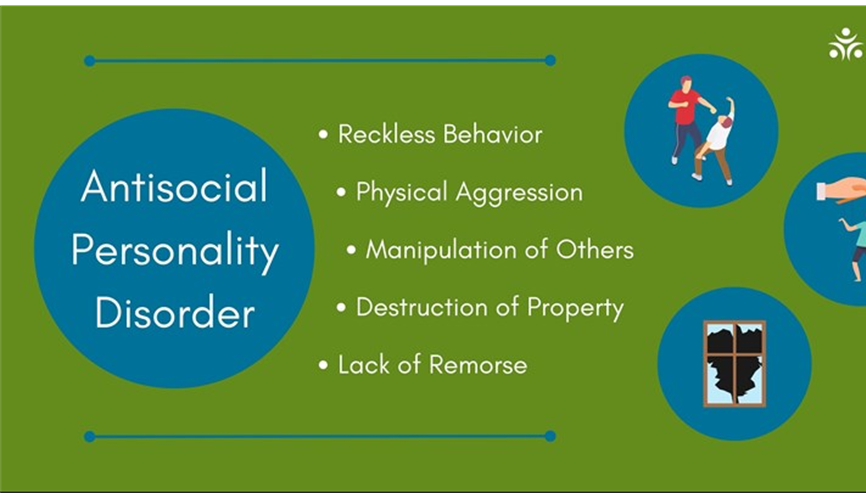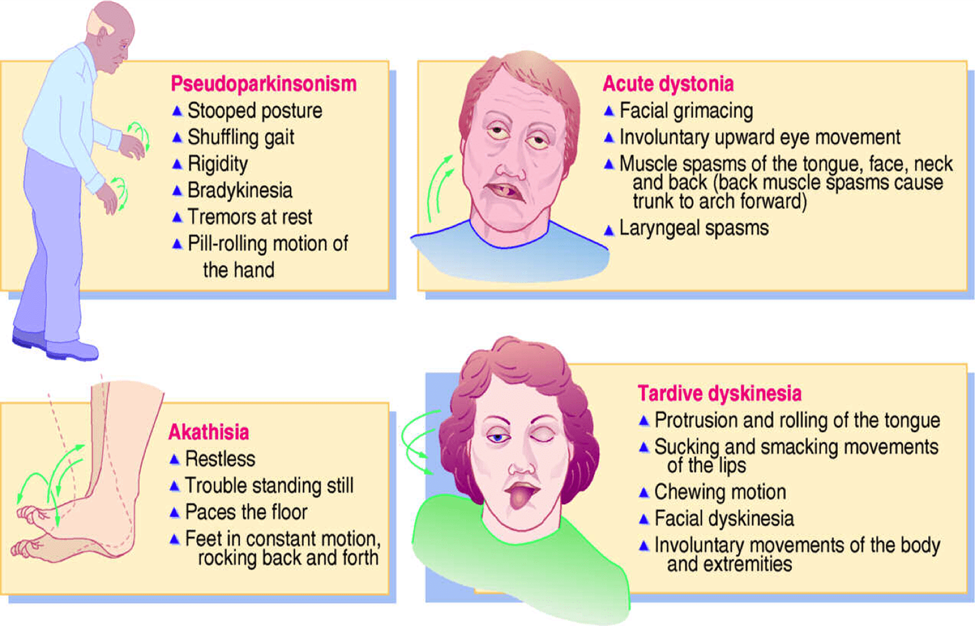Which nursing intervention would be most appropriate when caring for an acutely agitated client with paranoia?
Provide personal space to respect the clients boundaries
Maintain continual eye contact throughout the interview
Provide neon lights and soft music
use therapeutic touch to increase trust and rapport
The Correct Answer is A
A. Provide personal space to respect the client's boundaries: This is the correct answer. Personal space is crucial when caring for an agitated client with paranoia. Respecting the client's need for distance helps to reduce anxiety and prevent escalation of agitation.
B. Maintain continual eye contact throughout the interview: Continuous eye contact may be perceived as confrontational and can increase anxiety, especially in individuals with paranoia. It is important to be mindful of non-verbal cues and adapt the approach to the client's comfort level.
C. Provide neon lights and soft music: Introducing external stimuli like neon lights and music may not be appropriate for an agitated client with paranoia. It could potentially exacerbate their distress. The focus should be on creating a calm and non-threatening environment.
D. Use therapeutic touch to increase trust and rapport: While therapeutic touch can be beneficial in certain situations, it may not be suitable for a client experiencing paranoia. Touch can be perceived as intrusive and may escalate agitation in this context.
Nursing Test Bank
Naxlex Comprehensive Predictor Exams
Related Questions
Correct Answer is D
Explanation
A. Concern for others: Individuals with antisocial personality disorder typically lack genuine concern for others and may exploit or manipulate them for personal gain.
B. Actively engaged in all unit activities: While engagement in activities can vary, the key feature of antisocial personality disorder is not a high level of engagement but rather a disregard for rules and the rights of others.
C. Mindful of following all of the unit rules: Individuals with antisocial personality disorder often have a history of rule-breaking and may not be consistently mindful of following societal or institutional rules. They may engage in behaviors that violate rules or laws.
D. Manipulative: This is the correct answer. Antisocial personality disorder is characterized by manipulative behaviors, where individuals exploit others for personal gain or pleasure. Manipulation is a key feature of this disorder.

Correct Answer is C
Explanation
A. Neuroleptic malignant syndrome, treated by discontinuing antipsychotic medications: The symptoms described (uncontrollable tongue movements, stiff neck, difficulty swallowing) are more indicative of tardive dyskinesia than neuroleptic malignant syndrome. Neuroleptic malignant syndrome is characterized by hyperthermia, autonomic dysregulation, altered mental status, and generalized muscle rigidity. Treatment involves discontinuing antipsychotic medications and supportive care.
B. Agranulocytosis treated by administration of clozapine (Clozaril): Agranulocytosis is a rare but serious side effect of clozapine, not a treatment for the symptoms described. The symptoms presented are more consistent with tardive dyskinesia.
C. Tardive dyskinesia treated by discontinuing antipsychotic medication: This is the correct answer. Tardive dyskinesia is a movement disorder characterized by involuntary and abnormal movements, including tongue protrusion and facial grimacing. It can result from long-term use of antipsychotic medications, and discontinuing or reducing the dose of the antipsychotic is a primary intervention.
D. Headache treated by administration of Hydrochlorothiazide: Hydrochlorothiazide is a diuretic used to treat conditions like high blood pressure and edema, not headache or the symptoms described, which are more indicative of tardive dyskinesia.

Whether you are a student looking to ace your exams or a practicing nurse seeking to enhance your expertise , our nursing education contents will empower you with the confidence and competence to make a difference in the lives of patients and become a respected leader in the healthcare field.
Visit Naxlex, invest in your future and unlock endless possibilities with our unparalleled nursing education contents today
Report Wrong Answer on the Current Question
Do you disagree with the answer? If yes, what is your expected answer? Explain.
Kindly be descriptive with the issue you are facing.
